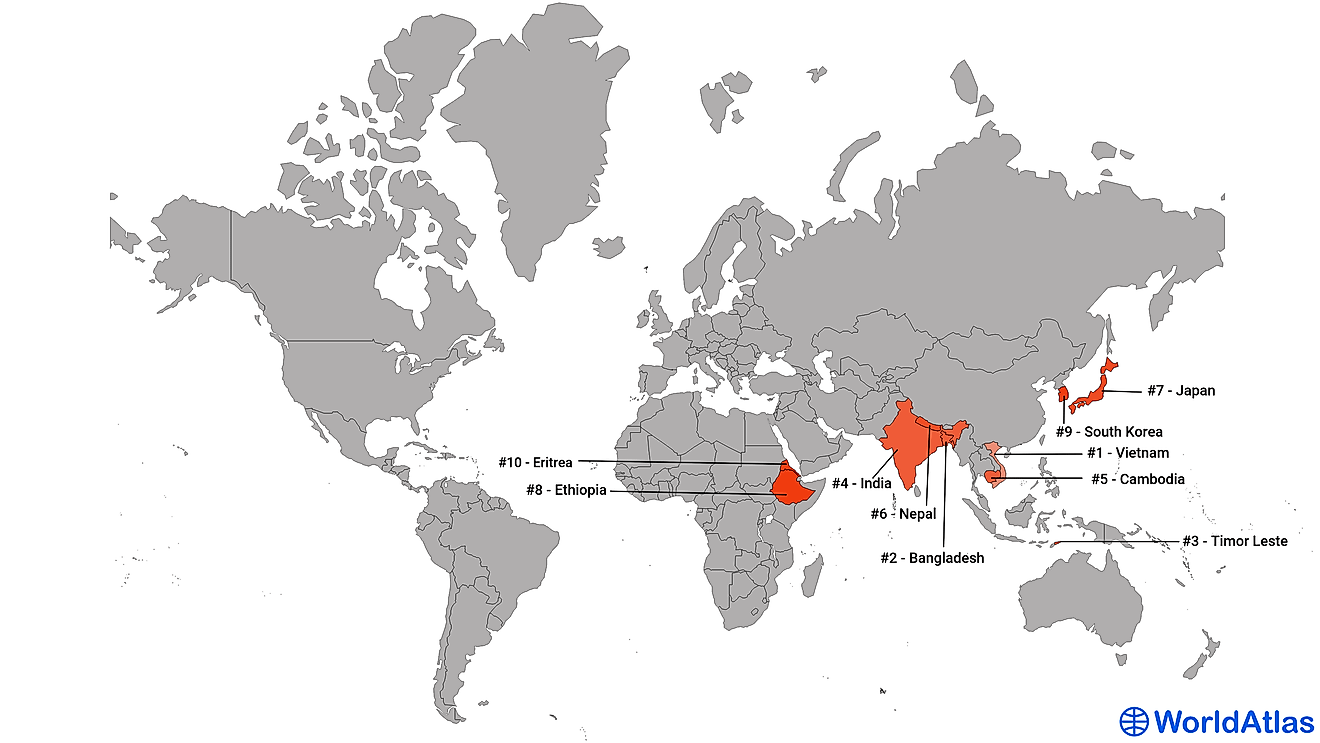Koryo Dynasty Historic Sites In Kaesong, North Korea

North Korea is a single-party totalitarian country located in the Eastern parts of Asia. The official national language is Korean. The total population of the country is around 25 million and is made up of ethnically homogeneous groups with the exception of small Chinese and Japanese communities. In the early 1940s, the Japanese enforced a cultural assimilation policy in North Korea which to some extent eroded the Korean culture. However, the Northern Korea has been minimally influenced by the outside world. The state protects their cultural heritage. The Kaesong and the Complex of Goguryeo are some of the UNESCO World Heritage Sites in the country. In this article, will discuss the Kaesong historic Koryo dynasty.
5. Description and History -
Kaesong is a former Korean capital city that is located in North Hwanghae province, south of North Korea. It served as capital during the reign of Taebong kingdom and Goryeo dynasty. There is archeological evidence that there was life in Kaesong as early as 10,000 BC. The city was made the national capital in the year 919 AD under the Taebong kingdom which later became part of the Goryeo dynasty. In the year 1018, the Goryeo-Khitan War almost brought the city down as the palace and houses were almost entirely burnt down. During the partition of Korea, Kaesong fell in the South Korean territory but was recaptured by the Koran people’s army during the Korean War. During the battle of Kaesong-Munson, North Korea took control of the city. The city was however recaptured by the UN forces and was reclaimed by North Korea after the Korean armistice agreement. Today the city is a huge tourist attraction site.
4. Notable Architecture and Religious Components -
In 2013, the city was inscribed on the UNESCO World Heritage list as a cultural site. It consists of 12 separate components which testify the history of Koryo dynasty. The Manwoldae palace was the official royal palace of the Goryeo’s dynasty. It is currently in ruins after being destroyed when the Red Turbans invaded Korea in the 14th century. The Kaesong Namdaenum is a magnificent gate of the old walled city and was constructed in the 1300s. It has a strong stone base and topped by a wooden pavilion. However, the current pavilion is as a result of reconstruction that was done in 1954 after the original was destroyed when America bombed South Korea. There I a castle holding two temples; the Kwanum and Taichung temples. The Taichung temple was founded in the year 514 and is the main temple of the Jogye order of the Korean Buddhism. One of the striking sights is 1,000 smiling Buddha statutes. Other sites include; the Songgyungwan Confucian Academy, Sonjuk Bridge, Kwandok pavilion, Sungayng Hall and the Kaesong Chomsongdae.
3. Uniqueness -
The architecture of the Kaesong city primarily relied on the local traditions and architects. One of the temples is said to have had a thirteen years old boy as one of the major architects. The tombs of the Joseon dynasty were also part of the Korean culture to show respect to the dead. There was minimal influence in setting up the city.
2. Kaesong Surroundings, Sights, and Sounds -
The pakyon falls are located a short distance from the city. In Mount Chonma, a huge Buddha statue carved into a natural stone is found. The Koguryo satellite fortress which was built to protect the current capital city is located ten miles from Kaesong.
1. Threats and Conservation Efforts-
The government is at the forefront in ensuring the protection of this heritage site. In 2001, the Korean Cultural Preservation Centre (KCPC) prepared a five-year Kaesong management plan. The plan has prohibited new constructions in the vicinity with the aim of preserving the surrounding natural landscape. Unnecessary structures which may obstruct the sight have also been banned. There are also plans to prepare a tourism management plan.











